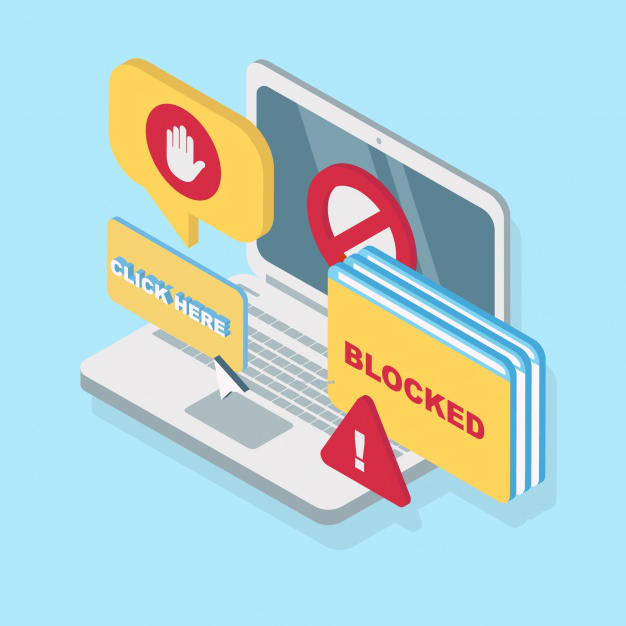Check if a Website is Malicious/Scam or Safe/Legit
Spam is all unsolicited and unwanted digital communication, which often comes in the form of an email, and is distributed in bulk. Spam is annoying at best and is a waste of time, and most email providers create applications that filter spam.
In websites, spam is harder to recognize, and it comes in the form of comments that are irrelevant to a post. Most spammers post comments that generate backlinks to their websites, and they are sometimes generic or senseless texts with a link to a page that is irrelevant to the original post.
You can get spammed in different ways, and you can use a spam checker to scan for different types of spam that can hurt your SEO ranking and your site visitors.
Cloaking
A cloaking or hidden spam page presents different URLs and content to search engines and human users. The visitors see a visually attractive website that might contain little or no text but many multimedia or graphic elements.

Most people have no idea their websites were hacked and spam pages generated. It harms your SEO (Search Engine Optimization), and your website will be penalized by Google and reduce its chances of ever ranking. Unless you use a website spam checker, you may never know until it is too late that you are being spammed.
Hidden Spam Links
Websites are often hacked, but the owners have no idea until they lose their SEO rankings and clients. Hackers may target your website for black SEO and insert hidden links to garner better positions for their malicious projects.
Doorway Pages and iFrame Spam
Hackers create Doorway pages for selling fake services or goods. Hackers may target your website for creating numerous pages that get their website’s ranking on search engines. When a hacker installs malicious code on your website, Google indexes the generated pages, and within no time, your website will become blacklisted and banned from Google’s search results.
Japanese Spam
This type of attack is called the “Japanese Keyword Hack,” “Japanese Symbol Spam,” or the “Japanese Search Spam.” Hackers utilize your website for spamming Google and get their poor quality sites ranking on Google.
Other Ways to Prevent Spam
Other than using a spam checker, you can also prevent spam by:
1. Keeping Your Domain Private
When you register your website domain name, not making it private means your email address is in the public domain. All domain names have records, and your email address is open to anyone who cares to check. You might want to keep your domain name private, which means your email is not a public record, or change your email on record to the one you do not care if spammers flood it with spam.
2. Use CAPTCHA on all Forms
By adding CAPTCHA on all your forms, you prevent spam bots from filling out your forms and sending you spam. A CAPTCHA is a challenge image or question that verifies you are human and not a bot.
3. Use a Honeypot
A honeypot is a question hidden on your online form, and when filled out, you can tell it is a bot. The hidden question is invisible on the website and is only visible in the website’s code, which a human cannot see, but a bot can.
4. Mitigate Email Harvesting
Listing your email address on the website is likely to have it harvested by bot programs. These programs crawl the internet looking for websites with an email listing. They collect all the emails, and then, later on, spam is sent to the address.
One way to prevent this is not listing your email, which is not very viable because your clients will not reach you. You can list the email on the website and use some tricks to prevent harvesting. You can replace the email with an email image. These bots only read the text and cannot read the address as an image, but humans can.
The other option is to disguise the email with code, so when the bot sees the code, they cannot decipher it. However, when the code is seen on a browser, it appears as an email address to a human eye.
Try cWatch Online Website Spam Checker
Spam is extremely annoying, and most times, you can never tell you have been spammed until you lose ranking or are banned by Google. The best method is to get a spam checker that scans your website for various types of spam to prevent this.
Besides using a spam checker, you can also use other means of ensuring that spammers and spambots stay away from your website, such as honeypots, CAPTCHA, keeping domain private, etc.





